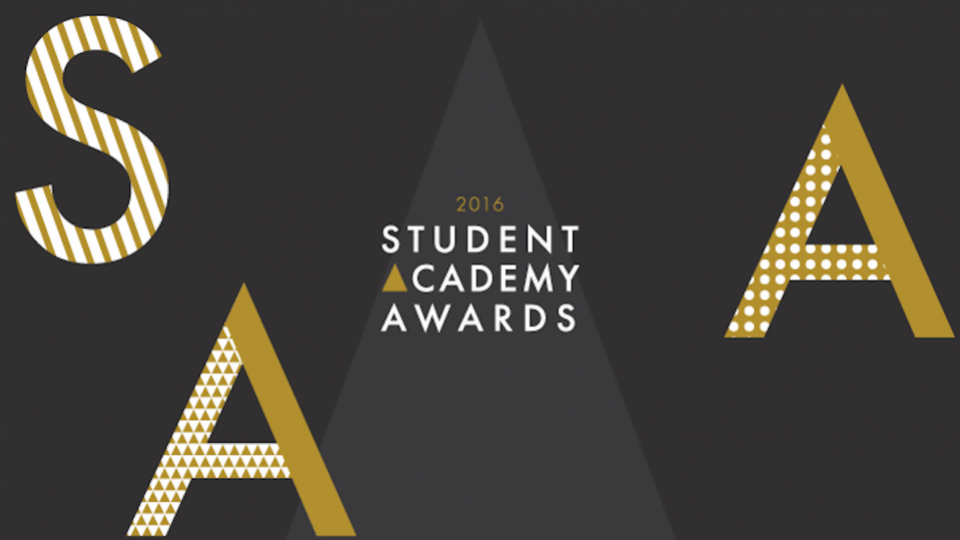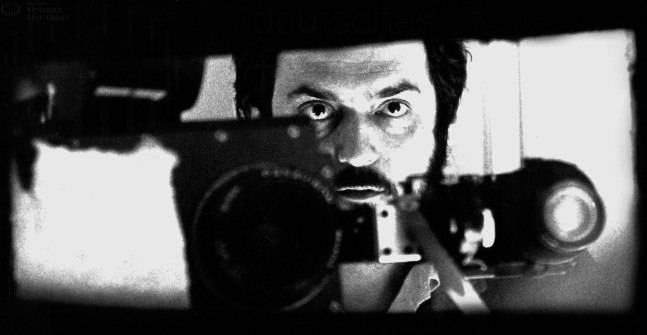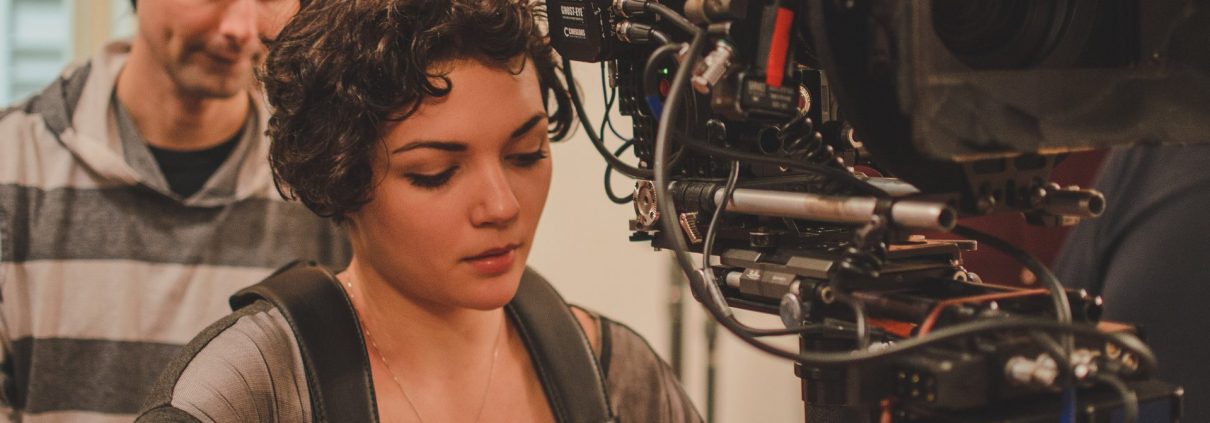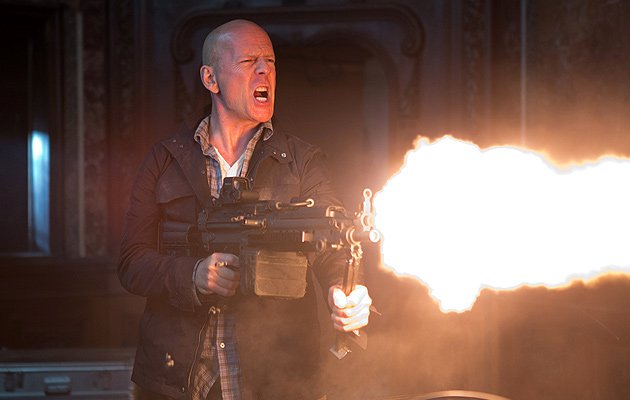
by Renee Sutton
Dearly beloved, in the years following film school, you’ll likely pick up a side hustle or two. Taking on work as a wedding videographer is often viewed as a sweet summer gig, with the potential to make a good living at someone else’s party.
On the other hand, the idea of working for bridezilla every weekend all summer long could deter some film school grads from marrying into this type of work.

Photographer and videographer Maik Hassel (of Nirvana Photography Studios) has been shooting weddings and creating tailored experiences for twenty years.
His passion is evident as he speaks about his career. “It’s really satisfying to build that relationship, to work with somebody and actually build something that is really special to them,” he says. Read more




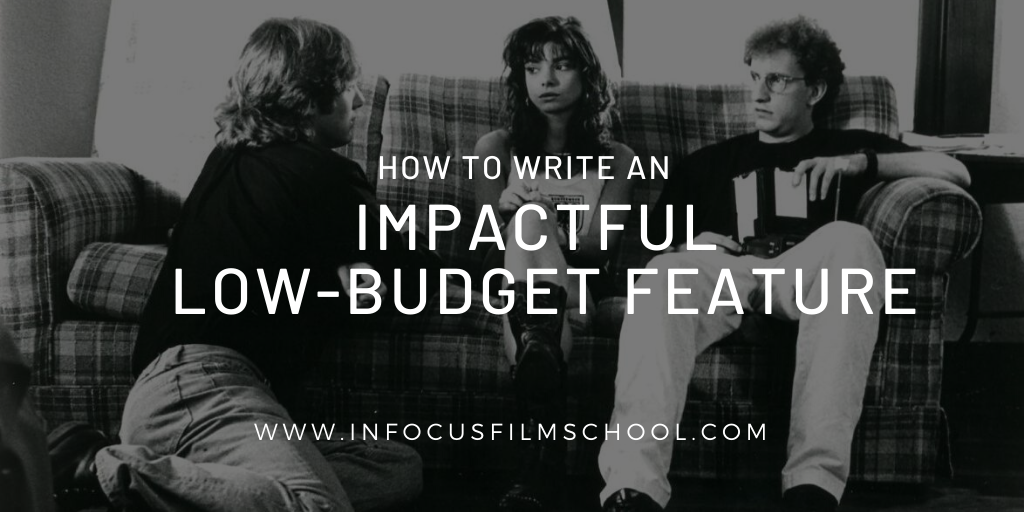

 by Henry Kulick
by Henry Kulick
